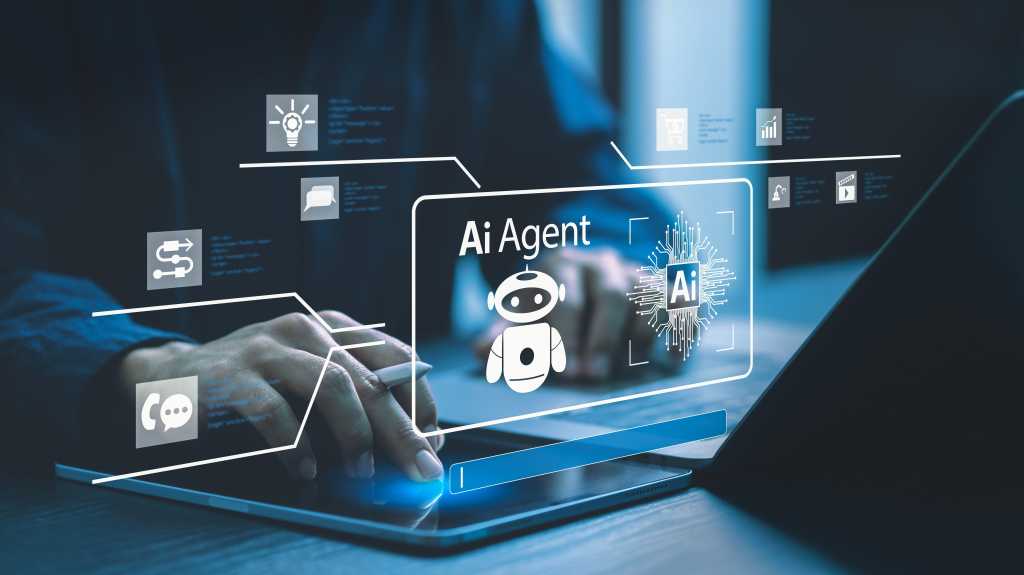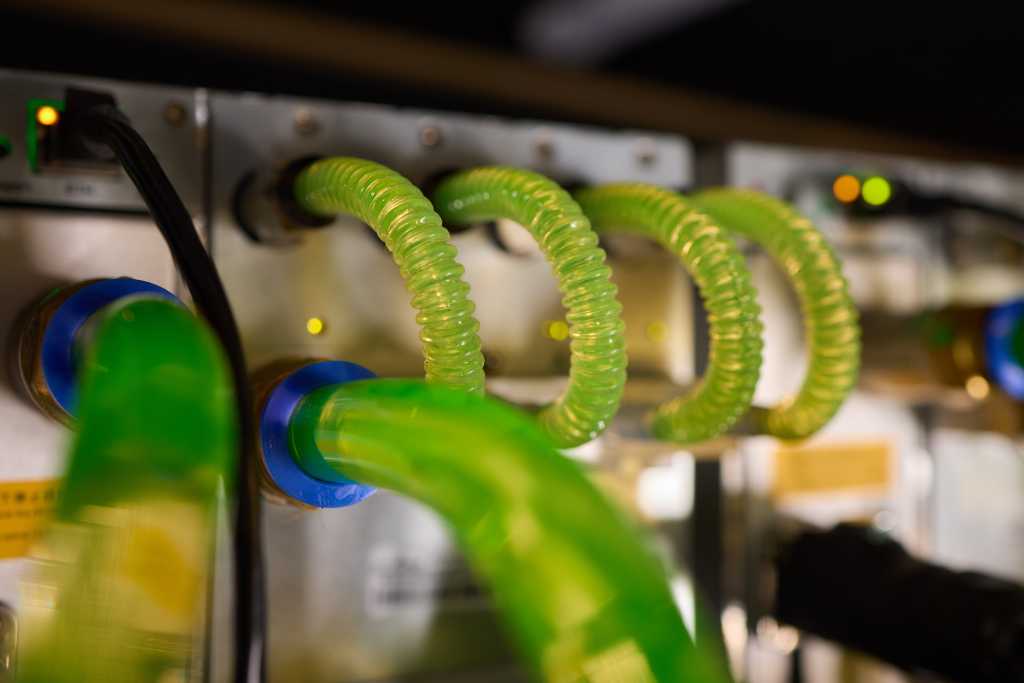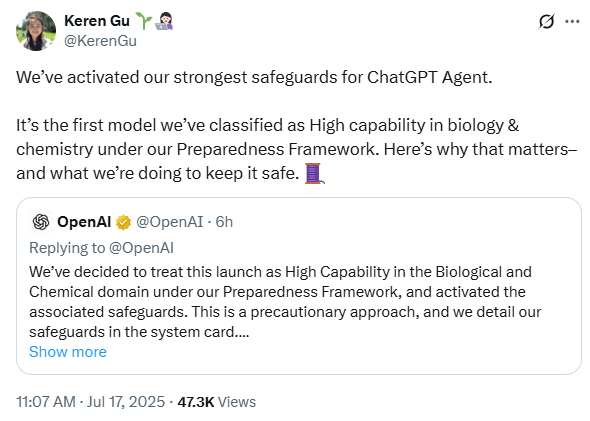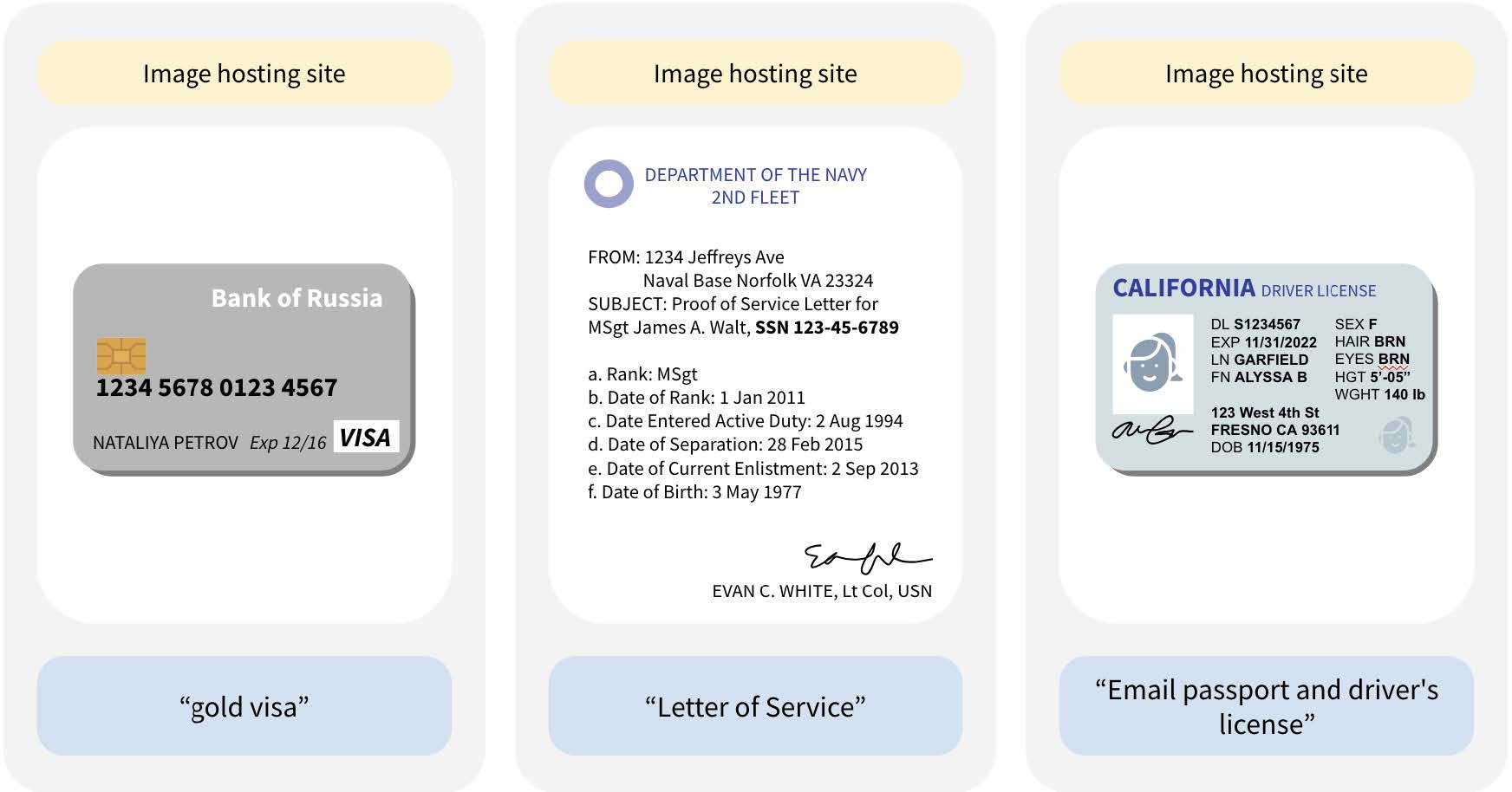
In a release posted on its website this week, the U.S. Bureau of Land Management announced that it had approved the 30-megawatt Crescent Valley geothermal energy production facility and associated transmission line.
The project includes construction and operation of one power plant, a photovoltaic solar field, 17 additional geothermal fluid production and injection wells and well pads, new and improved access roads, an aggregate pit, geothermal fluid pipelines, an electrical gen-tie line, substation, switching station, and ancillary support facilities, the Bureau of Land Management noted in the release.
“Geothermal projects support domestic energy production and American energy independence, while contributing to the nation’s economy and security,” the Bureau stated in the release.
“Consistent with Executive Order 14154, ‘Unleashing American Energy’, the geothermal projects on public lands help meet the energy needs of U.S. citizens, will solidify the nation as a global energy leader long into the future, and achieve American Energy Dominance,” it added.
In the release, the Bureau of Land Management highlighted that, “according to the U.S. Environmental Protection Agency, one megawatt produced by a geothermal project can power about 1,104 average American homes’ electricity use per year”.
The Bureau stated in the release that geothermal “is an abundant resource, especially in the West, where the BLM has authority to manage geothermal resource leasing, exploration, and development on approximately 245 million surface acres of public lands and the 700 million acres where the United States owns the subsurface mineral estate”.
In a separate release posted on its site on June 27, the Bureau of Land Management announced that it had approved three geothermal energy projects under an expedited timeline in Nevada, which it said support the administration’s goals for energy development on public lands.
These comprise the Diamond Flat Geothermal Project, the McGinness Hills Geothermal Optimization Project, and the Pinto Geothermal Project, the release highlighted.
The Diamond Flat Geothermal Project is approximately 20 miles south of Fallon, Nevada, and will be located entirely on lands administered by the BLM Stillwater Field Office within existing federal geothermal leases, a page on the BLM National NEPA Register noted.
“Ormat Nevada, Inc. will complete up to 33 shallow direct push holes and up to four temperature gradient wells to better outline the extent of the local geothermal resource,” the page stated.
“Based on the outcome of these initial exploration efforts Ormat would then drill up to 19 geothermal exploration wells to confirm the presence of an economical geothermal resource,” it added.
“Upon completion of the project, all wells would be plugged and abandoned in accordance with State and Federal law, and the project area would be reclaimed to pre-disturbance conditions, unless a utilization operations plan is submitted,” it continued.
A separate page on the register noted that the McGinness Hills Geothermal Optimization Project includes the proposed construction, operation, and reclamation of a photovoltaic (PV) solar field, well field, geothermal power plant expansion, access roads, and geothermal fluid production and injection pipelines at the existing McGinness Hills Unit boundary.
“Ormat is currently conducting operations under an existing authorization (NVN-84268X). The authorization allows for up to 319.7 acres of surface disturbance within the existing MGH Unit boundary, of which only 149 acres have been utilized,” that page added.
Another page on the register stated that “Ormat Nevada, Inc. (Ormat) is proposing to construct, operate, and maintain the Pinto Geothermal Resource Confirmation (Project) in Humboldt County, Nevada, located approximately 44 miles southwest of the town of Denio”.
“The project would include the drilling and testing of geothermal wells and access road construction,” that page added.
According to an explainer page on the U.S. Energy Information Administration (EIA) website, which was last updated in April 2024, the U.S. had geothermal power plants in seven states in 2023, “which produced about 0.4 percent of total U.S. utility-scale electricity generation”. In 2022, 24 countries, including the U.S., generated about 92 billion kWh of electricity from geothermal energy, the explainer page stated.
To contact the author, email [email protected]





















